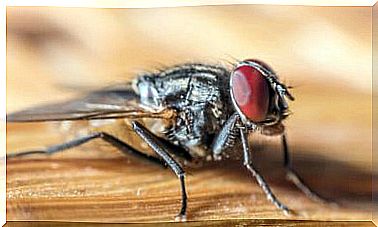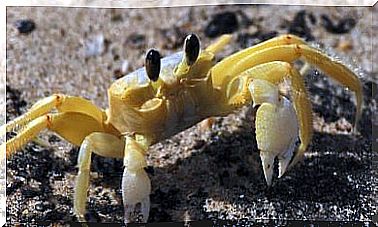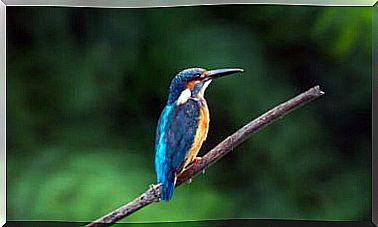One Of The Last Northern White Rhinos Dies
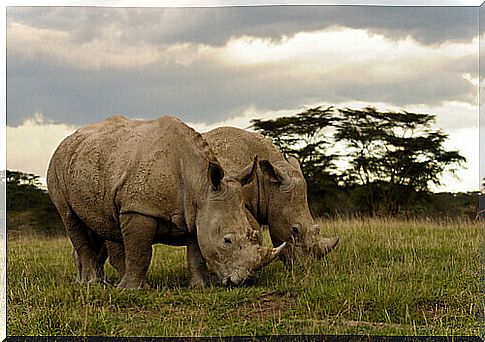
In July of this year there was a major loss in the animal kingdom : the death of one of the last five northern white rhinos left in the world.
This event represents a dramatic loss, since, currently, precisely because of this event, that of the rhinos is now an endangered species.
It was Nabire, a female who died last month at the zoo in Dvůr Králové, in the Czech Republic, known throughout the world for the captive breeding of this animal.
Nabire, in fact, was born on November 15, 1983 in Dvůr Králové, in the same zoo where she died. His death occurred as a result of a series of health problems that the animal had manifested in the last years of its life.
The death of Nabire is a dramatic event, as it was a female of childbearing age, 31 years old and, considering that rhinos live on average about 60 years, Nabire died very soon, compared to her life expectancy and, as if that’s not enough, in childbearing age.
The death of the animal occurred due to a cyst of about 40 kg that had “invaded” her body and, despite the efforts of the veterinarians, nothing could be done to save her.
Why am I in danger?
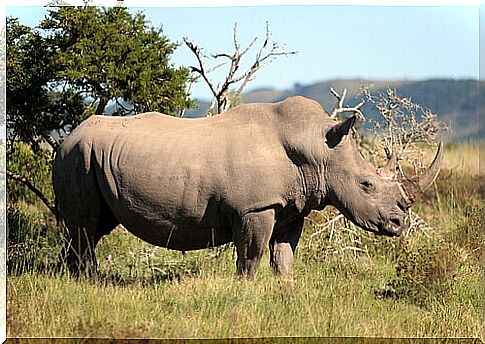
Unfortunately this species is one of the many that risk extinction due to man.
The number of specimens has been reduced due to indiscriminate hunting, especially because its meat, skin and horns are in great demand, especially on the Asian market, as they are attributed healing properties, as well as aphrodisiacs.
The myths regarding the rhino horn are very widespread, and almost all of them are exclusively due to the physical strength of this animal. However, the rhino horn cannot even be defined as a real horn (like that of cows, which grows from the skull and is a bone formation), but rather it is a callosity, which contains a substance called keratin. which is also found in our nails and in the bones of the human body.
Even if the rhinos were not uniformly distributed throughout the African continent, the specimens that made up the population would have been able to guarantee the continuity of the species, which was widespread throughout the northern territory of Africa.
However, with the increase in human settlements in this area and the spread of a certain type of rituals, the number of rhinos began to decrease dramatically and, to all this, the hunting, by man, for the eating rhino meat. In addition, some specimens died due to the frequent armed conflicts that occurred in the area.
A dark landscape
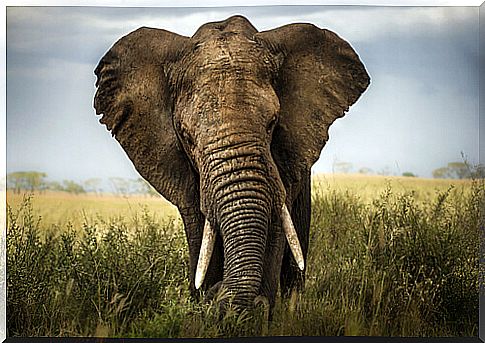
Probably, the thing that worries scientists most concerns the minimal chances of survival that currently remain for the species in question. This situation represents further confirmation of the excessive rates of predation by humans towards the planet, its resources and animals.
In addition to the small number of rhinoceros still alive (only four), we must also deal with the long gestation period of a female rhino (almost two years), just like that of elephants.
One of the last four rhino specimens left in the world lives in captivity, in the San Diego Zoo, United States, and is a female: her name is Nola.
The other three specimens, an elderly male, named Sudan, and two females, Najin and Fatu (his daughter), were transferred from the Dvůr Králové zoo to a nature reserve in Kenya, in the hope that contact with their natural habitat can positively influence and stimulate the reproductive system of females.
However, despite all the efforts made by scientists and contact with a natural environment, the hoped-for results have not occurred and, therefore, we are probably about to witness the complete extinction of a living species.
Currently, scientists from the San Diego Zoo and Dvůr Králové are concentrating their efforts on trying to find a solution to this problem, thanks to the collection of some tissue samples from Nabire’s ovary, which took place shortly after his death.
Despite the death of the animal, scientists still have the hope of being able to do something to avert the total extinction of the species.





